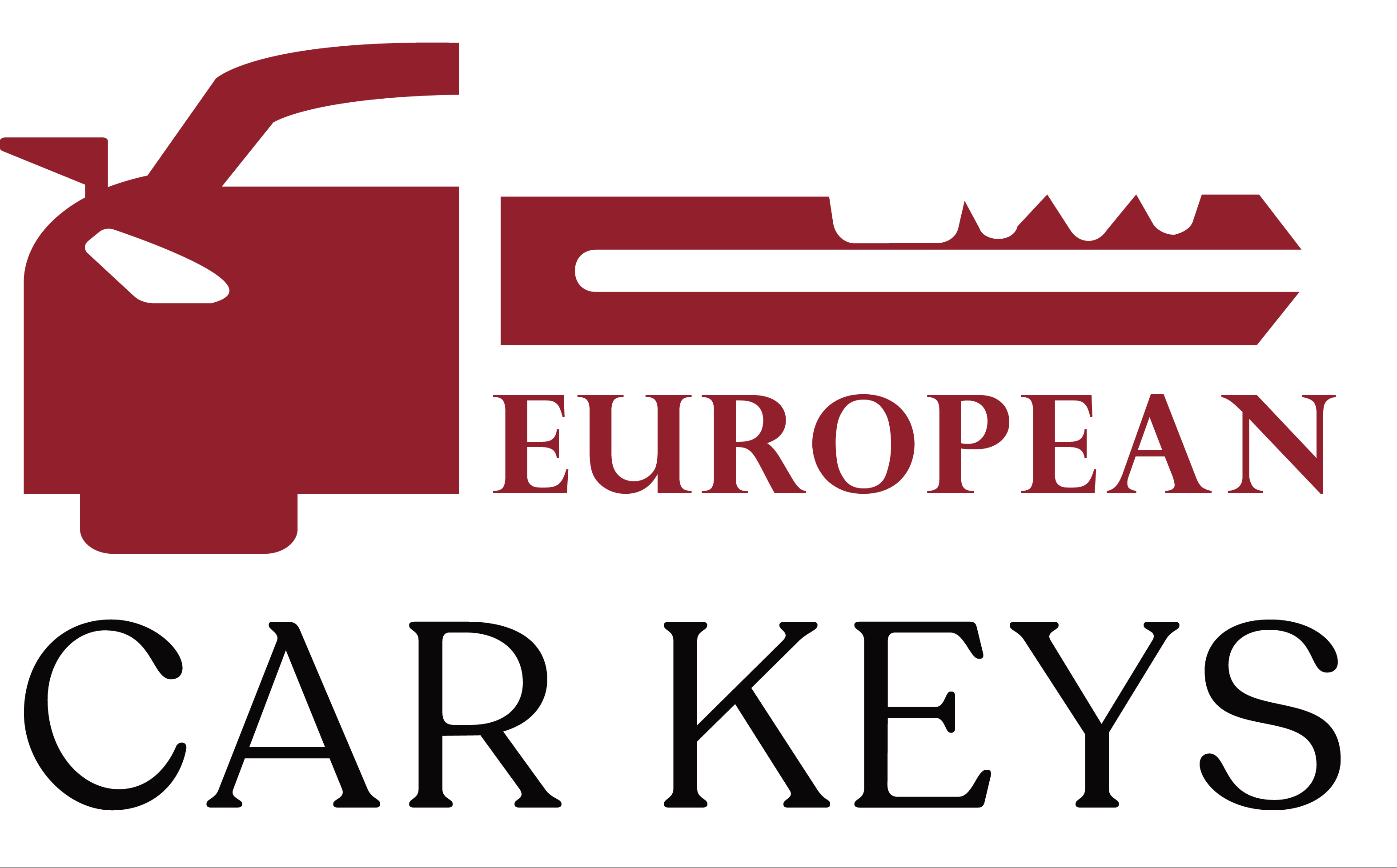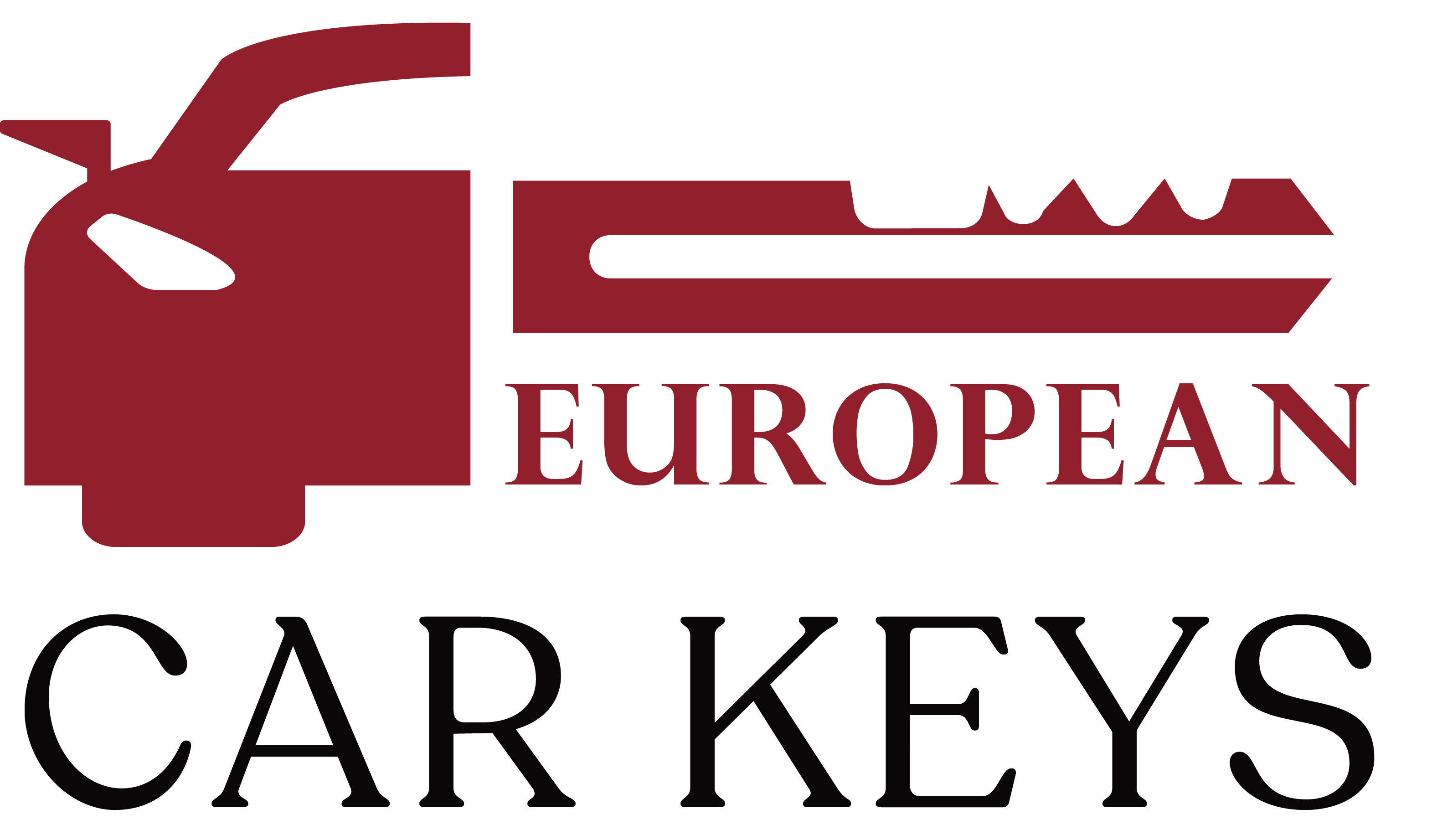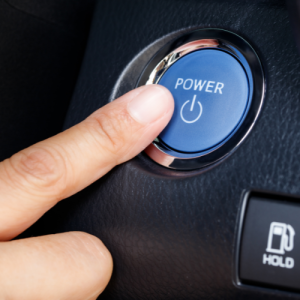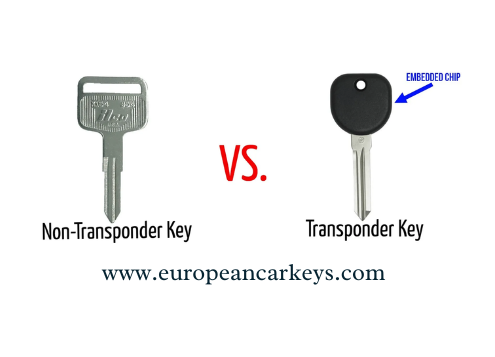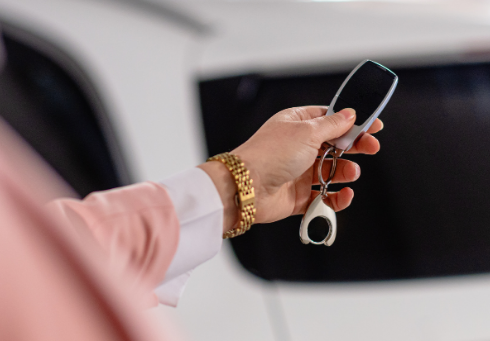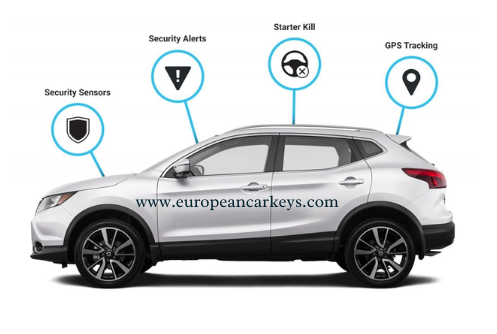In the realm of automotive innovation, the unassuming car key has undergone a remarkable evolution, ushering in a new era of convenience and security. This exploration delves into the fascinating journey of car keys, pitting the timeless “Traditional keys” against the modern “Push-To-Start” counterparts. From locksmith services in California catering to diverse automotive needs to specialized European car key services tailored for luxury car owners, we embark on a captivating journey through the intricate world of car keys. This comprehensive analysis not only illuminates the technological advancements that have reshaped how we access our vehicles but also delves into the practical implications for drivers, offering insights into the choice between tradition and innovation. Join us as we navigate the shifting landscape of car keys, where tradition meets cutting-edge technology, and where locksmiths and automotive specialists play a pivotal role in this evolution.
Understanding Traditional Car Keys
Traditional car keys have been an enduring and dependable companion for drivers, offering a straightforward method for accessing and starting vehicles. These keys typically consist of a metal blade designed to fit into the ignition switch and a plastic or rubber handle for ease of use. To grasp the intricacies of traditional car keys, it’s essential to comprehend their operational mechanism, appreciate their enduring advantages, and acknowledge their limitations. The operational mechanism of traditional car keys relies on a mechanical system. When inserted into the ignition, the key’s blade aligns with a series of tumblers within the lock cylinder. Turning the key engages these tumblers, enabling the ignition switch to rotate and initiate the vehicle’s engine. While traditional car keys are celebrated for their reliability and cost-efficiency, they may lack advanced security features. In situations such as lockouts or lost keys, the services of an emergency car key service and the expertise of an auto locksmith in California become indispensable, ensuring prompt solutions and uninterrupted access to your vehicle.
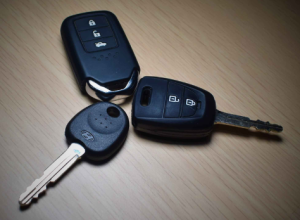
The Time-Tested Classic: Traditional Car Keys
Traditional car keys, the stalwarts of automotive access, have weathered the test of time as the preferred choice for countless drivers. These keys, characterized by a simple yet effective design, consist of a metal blade and a plastic or rubber handle. Understanding the enduring appeal of traditional car keys involves delving into their operational mechanism, recognizing their reliability, and contemplating their continued relevance, even in the era of high-tech alternatives. The mechanism of traditional car keys relies on a time-honored mechanical system. When inserted into the ignition, the key’s blade aligns with a series of tumblers within the lock cylinder. Turning the key engages these tumblers, allowing the ignition switch to rotate and commence the vehicle’s operation. While newer technologies have emerged, traditional car keys remain the favored choice for many, including European Car Keys in California. Their durability and simplicity make them an evergreen option, embraced by those who appreciate the reliability and familiarity of this classic automotive accessory.
How Traditional Car Keys Work
Traditional car keys have been a standard means of starting vehicles for many years. Understanding how traditional car keys work involves a basic understanding of their mechanical mechanism:
Key Blade: The physical key, often made of metal, consists of a blade with unique notches and cuts on its edge. These notches are designed to fit into the corresponding tumblers inside the car’s lock cylinder.
Lock Cylinder: The lock cylinder is part of the vehicle’s ignition system. It contains a series of tumblers, each at a different height. When you insert the key into the lock cylinder and turn it, the notches on the key align with the tumblers’ heights.
Tumbler Alignment: As you turn the key, the notches on the key blade raise or lower the tumblers inside the lock cylinder to a precise alignment. When all the tumblers align correctly, it allows the lock cylinder to turn freely.
Ignition Switch: The lock cylinder is connected to the ignition switch. Once the lock cylinder turns, it activates the ignition switch, which, in turn, sends an electrical signal to various components in the vehicle, including the starter motor, enabling the engine to start.
Traditional car keys work through this straightforward mechanical process, relying on the alignment of notches and tumblers to initiate the vehicle’s ignition system.
Pros and Cons of Traditional Car Keys
Traditional car keys, with their iconic metal blades and plastic or rubber handles, have long been a fixture in the automotive world. As we explore the pros and cons of these time-tested keys, including their relevance to European car keys in California and the need for car key replacement in California, it becomes evident that their enduring simplicity offers both advantages and limitations.
Pros:
Reliability: Traditional car keys are renowned for their reliability. They have fewer electronic components that can fail, ensuring they work even in challenging conditions.
Durability: These keys are robust and resistant to wear and tear, lasting for many years without needing frequent replacements.
Cost-Effective: Traditional key replacements are generally more affordable compared to modern key fobs or smart keys, making them a budget-friendly option.
Cons:
Limited Security: Traditional keys offer basic security but are more vulnerable to theft through techniques like lock picking or hot-wiring.
Inconvenience: Carrying multiple keys can be cumbersome, and if lost, the process of car key replacement in California can be a hassle.
Lack of Modern Features: Traditional keys lack the convenience and features found in newer keyless entry systems, such as remote unlocking or push-to-start functionality.
So, traditional car keys have their strengths in reliability and durability but come with limitations in terms of security and modern features. Their significance, including their relevance to European car keys in California, underscores the enduring choice for many drivers who appreciate their simplicity and dependability.
The Rise of Push-To-Start Systems
In the dynamic landscape of the automotive industry, the ascent of push-to-start systems stands as a testament to innovation and convenience. These modern marvels have revolutionized the way we engage with our vehicles, offering a seamless blend of technology, security, and ease of use. As we explore the evolution of push-to-start systems, their significance extends to diverse Automotive Services, including European car keys in California and the broader spectrum of automotive services in California.
- Seamless Operation and Convenience:
Push-to-start systems eliminate the traditional key, relying on key fobs or smart keys that communicate with the vehicle’s electronic system. By simply pressing a designated button while engaging the brake pedal, drivers can effortlessly start or stop the engine. This keyless entry and ignition process redefines convenience, allowing for swift and hassle-free access to the vehicle.
- Advanced Security Features:
Push-to-start systems are often equipped with robust security features, employing encryption and authentication measures to thwart unauthorized access and enhance vehicle protection. Such security enhancements are particularly appealing to owners of luxury vehicles, exemplified by European car keys in California.
- Integration of Modern Features:
Push-to-start systems seamlessly integrate with an array of modern features, including keyless entry, remote start, and automatic locking. These enhancements elevate the overall driving experience, signaling the automotive industry’s ongoing commitment to technological innovation.
The rise of push-to-start systems signifies a pivotal moment in automotive history, offering a glimpse into a future where vehicle access and operation are redefined. As these systems continue to evolve and proliferate, they set new benchmarks for convenience and security, permeating various aspects of automotive services in California, including European car keys in California.
Modern Convenience: Push-To-Start Car Keys
Push-to-start car keys represent a paradigm shift in automotive convenience. These advanced systems eliminate the need for traditional keys, replacing them with compact key fobs or smart keys that communicate wirelessly with the vehicle’s electronic system. With the simple push of a button and the concurrent activation of the brake pedal, drivers can start or stop their engines effortlessly. This keyless entry and ignition process offers a level of convenience that transcends traditional methods, making it quicker and more streamlined. Push-to-start car keys are emblematic of the automotive industry’s commitment to enhancing the driver experience, ushering in a new era of accessibility and ease of use.
How Push-To-Start Car Keys Work
Push-to-start car keys, also known as keyless ignition systems, work by utilizing a combination of radio frequency identification (RFID) technology and a proximity sensor. Here’s an explanation of how they operate:
Key Fob: Each push-to-start system includes a key fob, a small device that communicates wirelessly with the vehicle. The key fob contains a unique code recognized by the car’s system.
Proximity Sensor: The vehicle is equipped with a proximity sensor that detects the presence of the key fob when it’s within a certain range of the car, typically just a few feet.
Authentication: When the driver approaches the vehicle and attempts to open the door, the proximity sensor identifies the key fob. It then sends a signal to the car’s onboard computer to authenticate the key fob and driver.
Push Button: To initiate the engine, the driver enters the car with the key fob, presses the brake pedal (in most cases), and pushes a designated button, often labeled “Engine Start” or “Start/Stop.” This action signals the car’s computer to engage the ignition system and start the engine.
Engine Activation: Once the system confirms the key fob and driver’s authenticity, it allows the engine to start. The engine remains operational as long as the key fob remains within the vehicle’s proximity range.
Keyless Entry: Many push-to-start systems include keyless entry, enabling the driver to lock or unlock the doors simply by touching the door handle, provided the key fob is in close proximity.
In summary, push-to-start car keys offer both convenience and security, as the unique code within the key fob makes it difficult for unauthorized individuals to start the vehicle.
Pros and Cons of Push-To-Start Car Keys
Pros
Convenience: Push-to-start systems offer unparalleled convenience. Drivers can start their vehicles with a simple button press without needing to insert a physical key, making the process quicker and more user-friendly.
Enhanced Security: These systems often come with advanced security features, including encrypted key fobs and authentication processes, making it challenging for thieves to steal or start the vehicle without the authorized key.
Keyless Entry: Push-to-start systems usually include keyless entry, allowing drivers to unlock or lock the doors by simply touching the door handle when the key fob is nearby.
Modern Features: They often integrate with other modern features such as remote start, automatic locking, and personalized driver settings, enhancing the overall driving experience.
Cons
Cost: Push-to-start systems can be more expensive to replace or repair compared to traditional keys. If the key fob is lost or damaged, it can be costly to replace.
Dependency on Electronics: These systems rely heavily on electronic components, making them vulnerable to electronic failures or malfunctions, potentially resulting in lockouts or ignition problems.
Learning Curve: Some drivers may find it challenging to adapt to push-to-start systems, especially if they are accustomed to traditional keys. This can lead to user errors and difficulties in operating the vehicle.
Battery Dependency: The key fob requires a battery, and if it dies or loses power, it can prevent the driver from starting the car. Regular battery replacement or recharging is necessary.
However, it’s essential to keep in mind that, like any technology, push-to-start systems are not without their drawbacks. Their cost, vulnerability to electronic failures, potential learning curve for some users, and dependence on key fob batteries should be considered when deciding whether this technology aligns with your preferences and needs.
Traditional vs. Push-To-Start: The Final Verdict
In the age-old debate of traditional vs. push-to-start car keys, arriving at the final verdict necessitates considering not only personal preferences but also practical factors. Each type of key, along with its associated benefits and drawbacks, plays a role in shaping the driving experience, including the need for specialized services like auto locksmiths in California and European car keys in California.
Traditional Car Keys stand as a symbol of reliability and cost-effectiveness. Their straightforward mechanical operation and durability make them a trusted choice for many. However, they may lag in terms of advanced security features and modern conveniences.
Push-to-start car Keys, on the other hand, represent the zenith of convenience and security. With keyless entry, enhanced anti-theft measures, and seamless integration with cutting-edge vehicle technology, they cater to the demands of the modern driver. Nonetheless, their reliance on electronics can lead to vulnerabilities and added costs in case of malfunctions.
In the end, the ultimate verdict hinges on individual priorities. Traditional keys may appeal to those valuing simplicity and economy, while push-to-start systems attract those seeking high-tech convenience and robust security. Whichever path you choose, remember that specialized services like auto locksmiths and European car keys in California are readily available to assist with your specific needs, ensuring a smooth and secure driving experience.
Making Your Decision: Which Car Key Is Better for You?
As you weigh the merits of traditional vs. push-to-start car keys, it’s crucial to align your choice with your unique needs and preferences. The decision ultimately boils down to your lifestyle, priorities, and the driving experience you desire.
Traditional Car Keys are the embodiment of reliability and cost-effectiveness. If you value simplicity and durability, and if you are comfortable with the traditional way of starting your vehicle, these keys may suit you perfectly. Plus, they are often more budget-friendly, which can be a significant consideration.
Push-To-Start Car Keys offer a blend of modern convenience and enhanced security. If you crave the latest technology, keyless entry, and top-tier anti-theft measures, they might be the perfect match. However, be prepared for potentially higher costs in case of repairs or replacements.
Remember, your decision should be a reflection of your unique driving needs. Whichever key type you choose, rest assured that specialized services like car key repair in California and access to European car keys in California are readily available to address your specific requirements. Ultimately, your car key should enhance your driving experience and align with your personal preferences.
